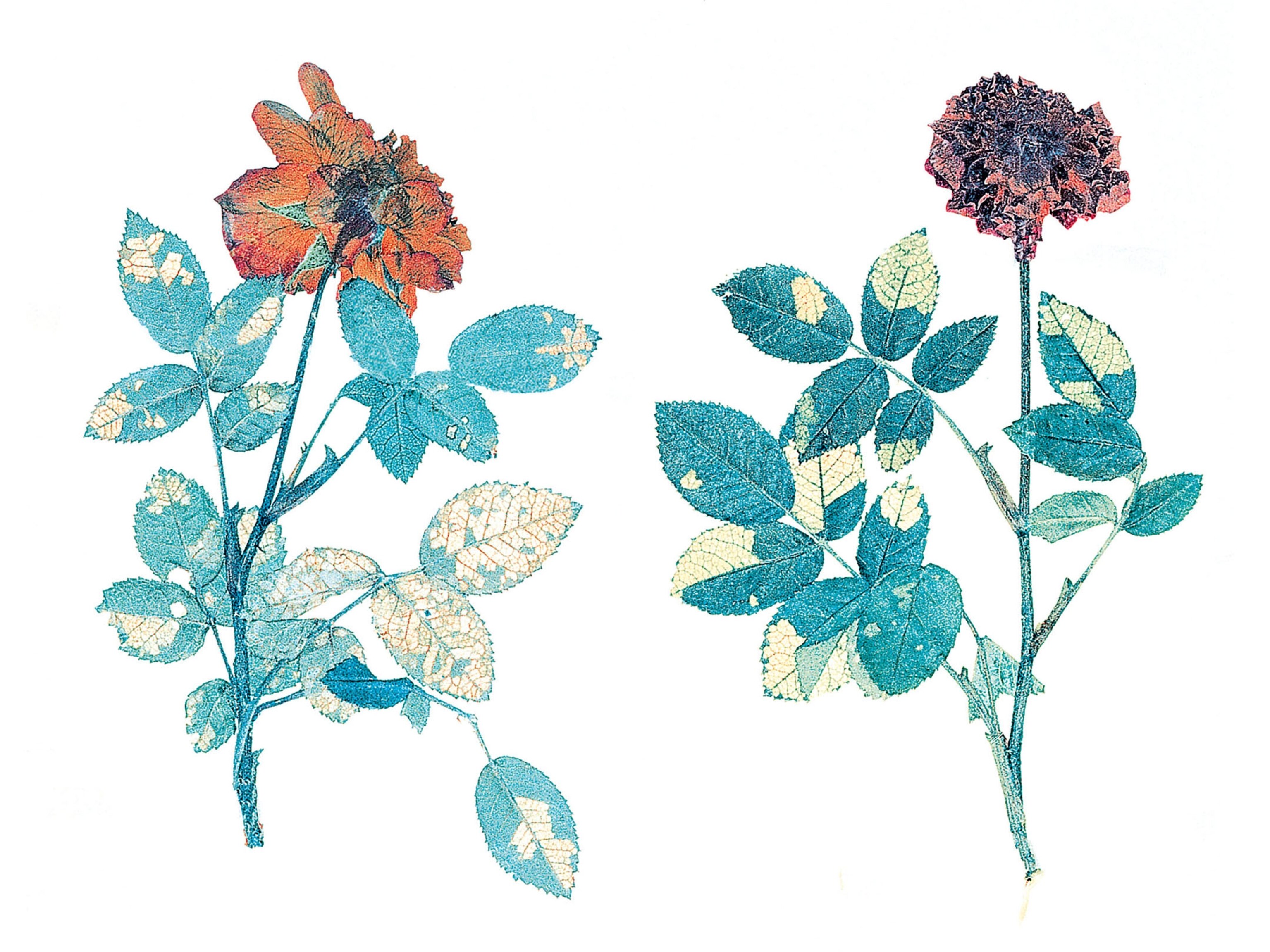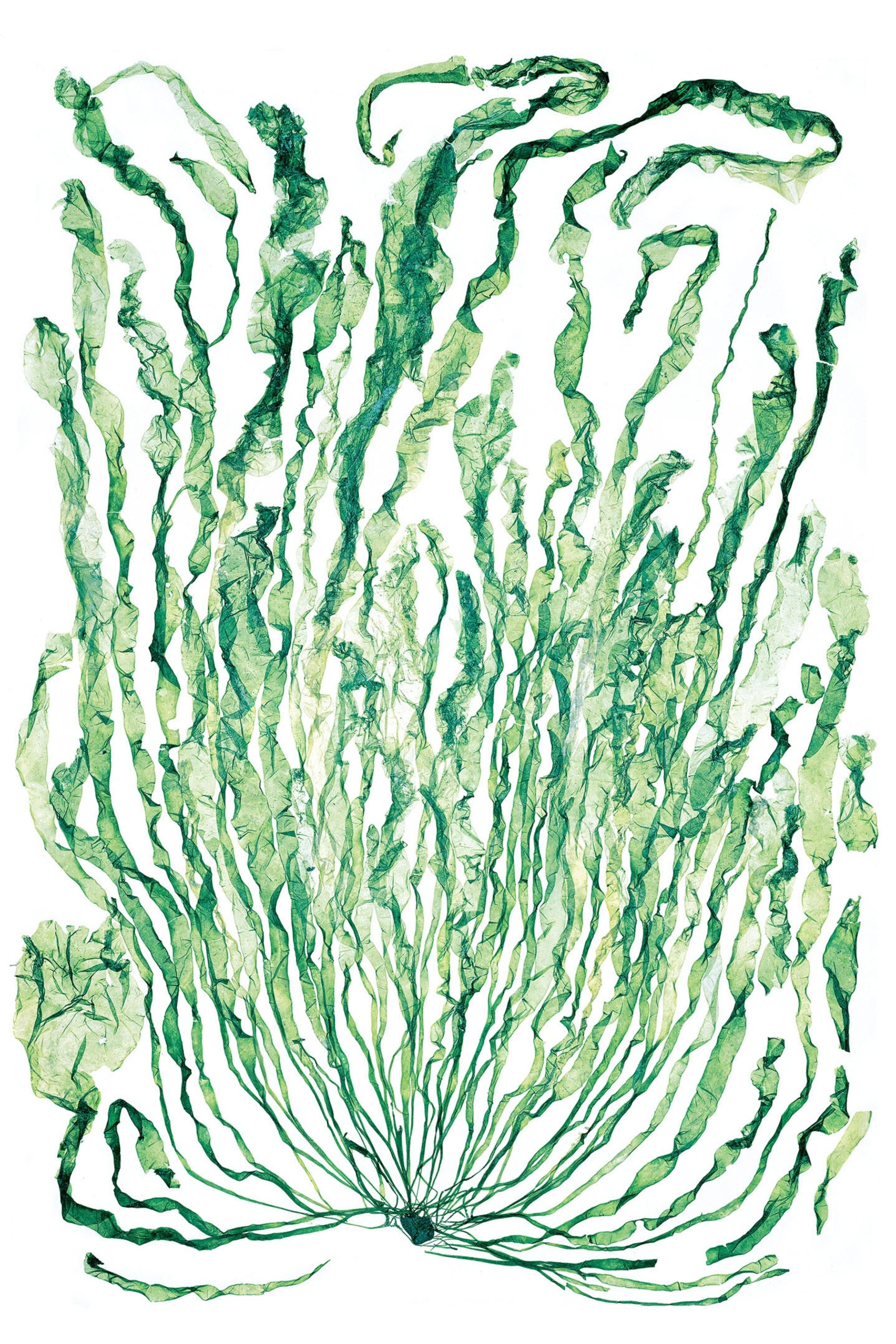These painstakingly preserved plants are still radiant centuries later

The herbarium at the Natural History Museum in London is one of the world’s biggest plant collections. Specimens gathered over more than 300 years were dried and then glued to paper in large albums, each one now housed in its own drawer in a climate-controlled chamber.
Many samples are relics of a world that once was, brought back by famous scientists such as Carl Linnaeus. At the height of the British Empire, plants were collected for scientific, medical, and economic purposes.
For years, photographer Nick Knight leafed through the herbarium’s pages, looking for specimens that were visually appealing. He estimates that he and his wife, Charlotte, flipped through thousands of drab, brown samples before finding vibrant ones—a water lily, a camellia.
Knight photographed hundreds of specimens in a tiny studio he built in the museum. Then in post-processing, he removed the original written notes and other details, giving the plants the appearance of floating. All that’s left to see is nature’s fine art, grown in the past and captured for posterity.















